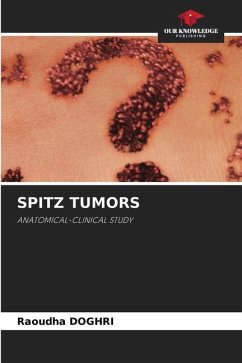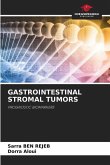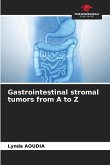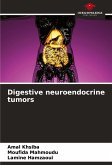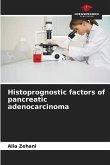Spitz tumors represent a spectrum of lesions including Spitz nevus (SN), atypical Spitz tumor (AS) and spitzoid melanoma (SM). The distinction is sometimes difficult and requires additional techniques. Our retrospective study included 26 cases of Spitz tumors. Nineteen patients had NS, 4 patients had ASD and 3 patients had MS. The mean age at diagnosis was 22 years for NS, 10 years for ASD and 33 years for MS. A slight female predominance was noted in the NS and ASD group (SR 0.46 and 0.33). The mean lesion diameter was <10 mm for 95% of NS and >10 mm for ASD and MS. Histologically, NS were compound (53%), pure dermal (42%), and junctional (5%). ASDs were dermal (3 cases) and compound (1 case). The MS were of maximum thickness of 1 to 5 mm with Clark II to III. Major diagnostic criteria for benignity were present in all NS cases. P16 was expressed in 11 cases of NS (84.61%), 2 cases of ASD (n=3) and 2 cases of MS (n=3).HMB45 was positive in 12 cases of NS (92%), 2 cases of ASD and the cases of MS.
Bitte wählen Sie Ihr Anliegen aus.
Rechnungen
Retourenschein anfordern
Bestellstatus
Storno

